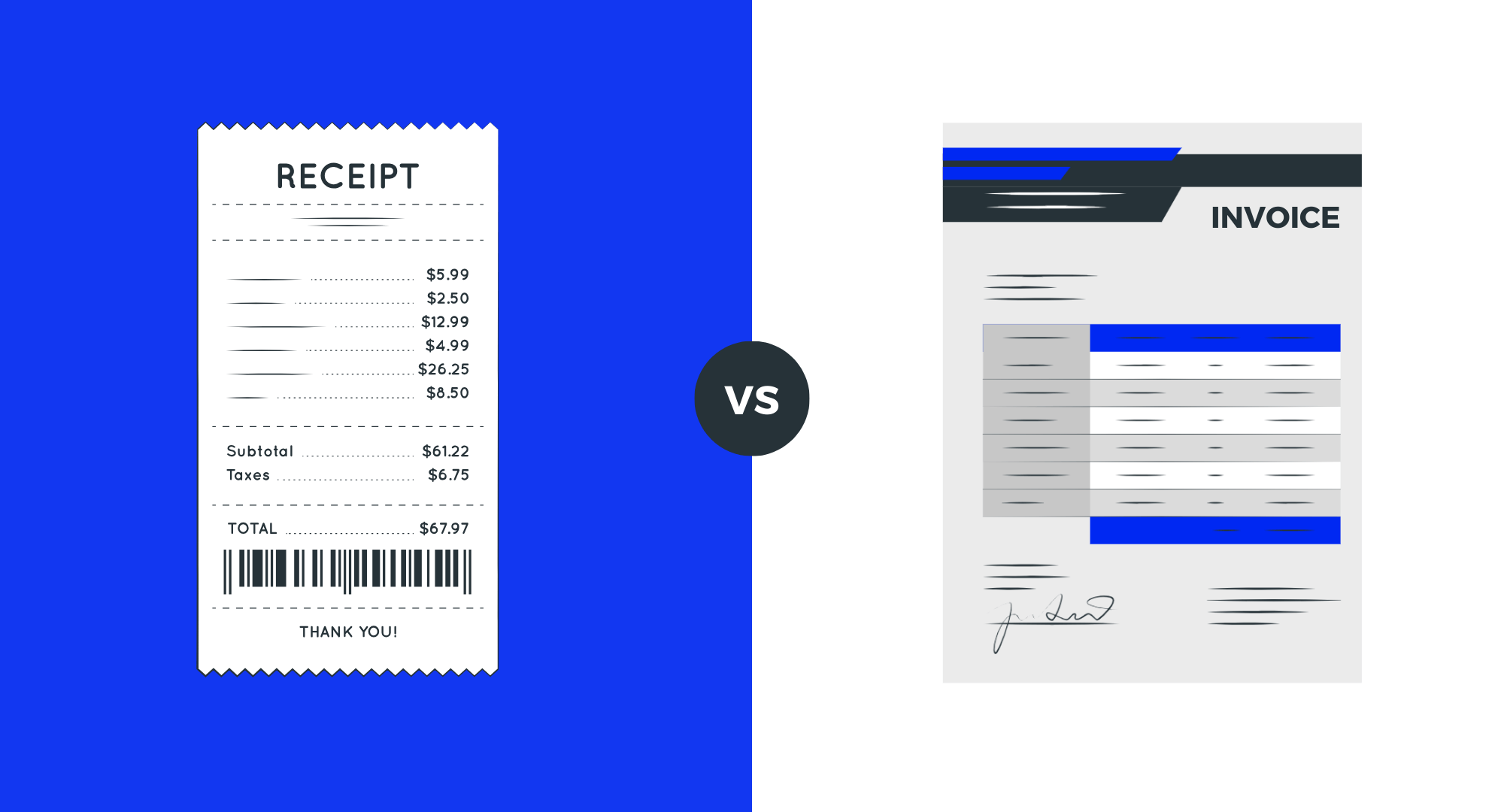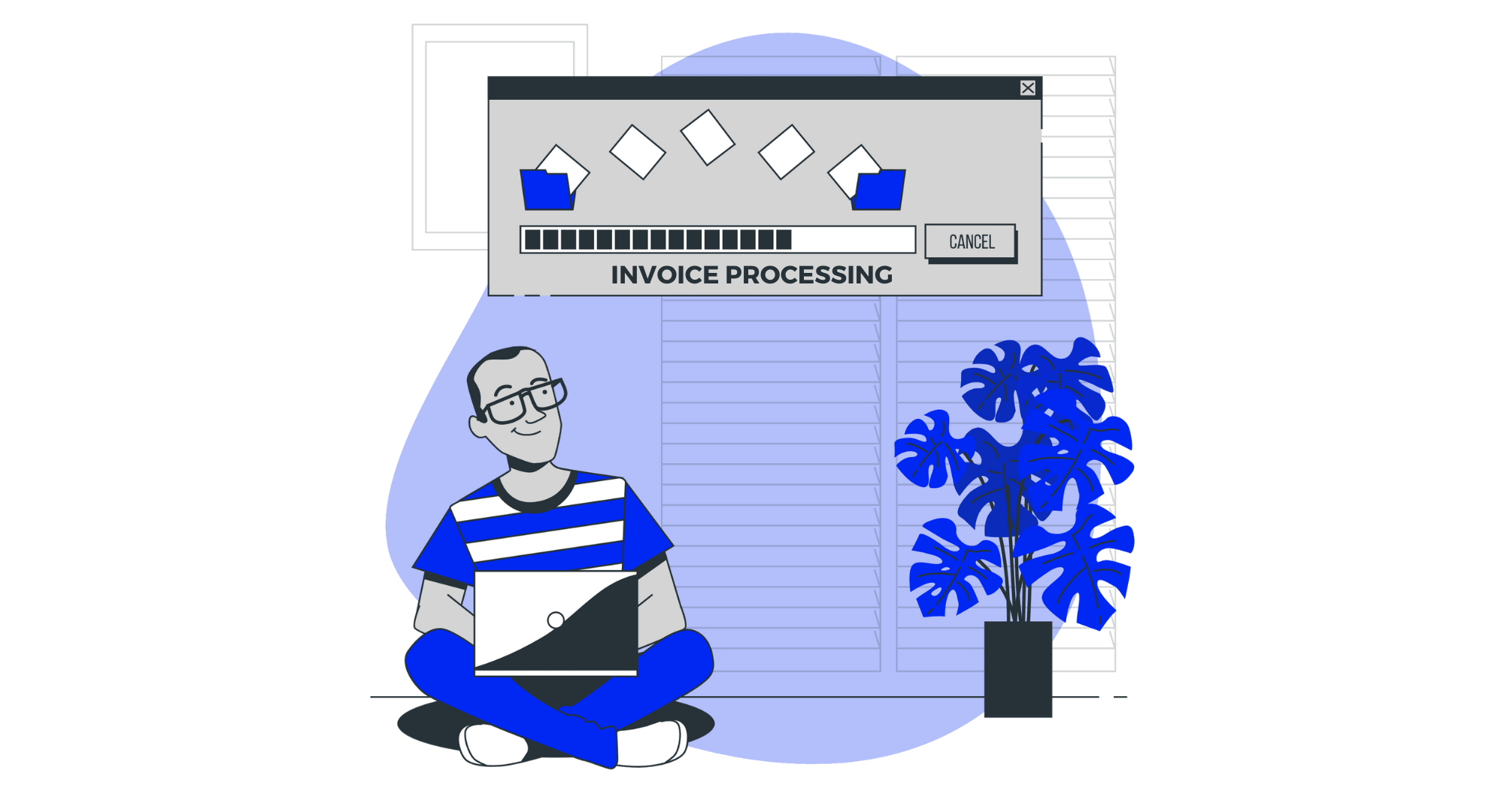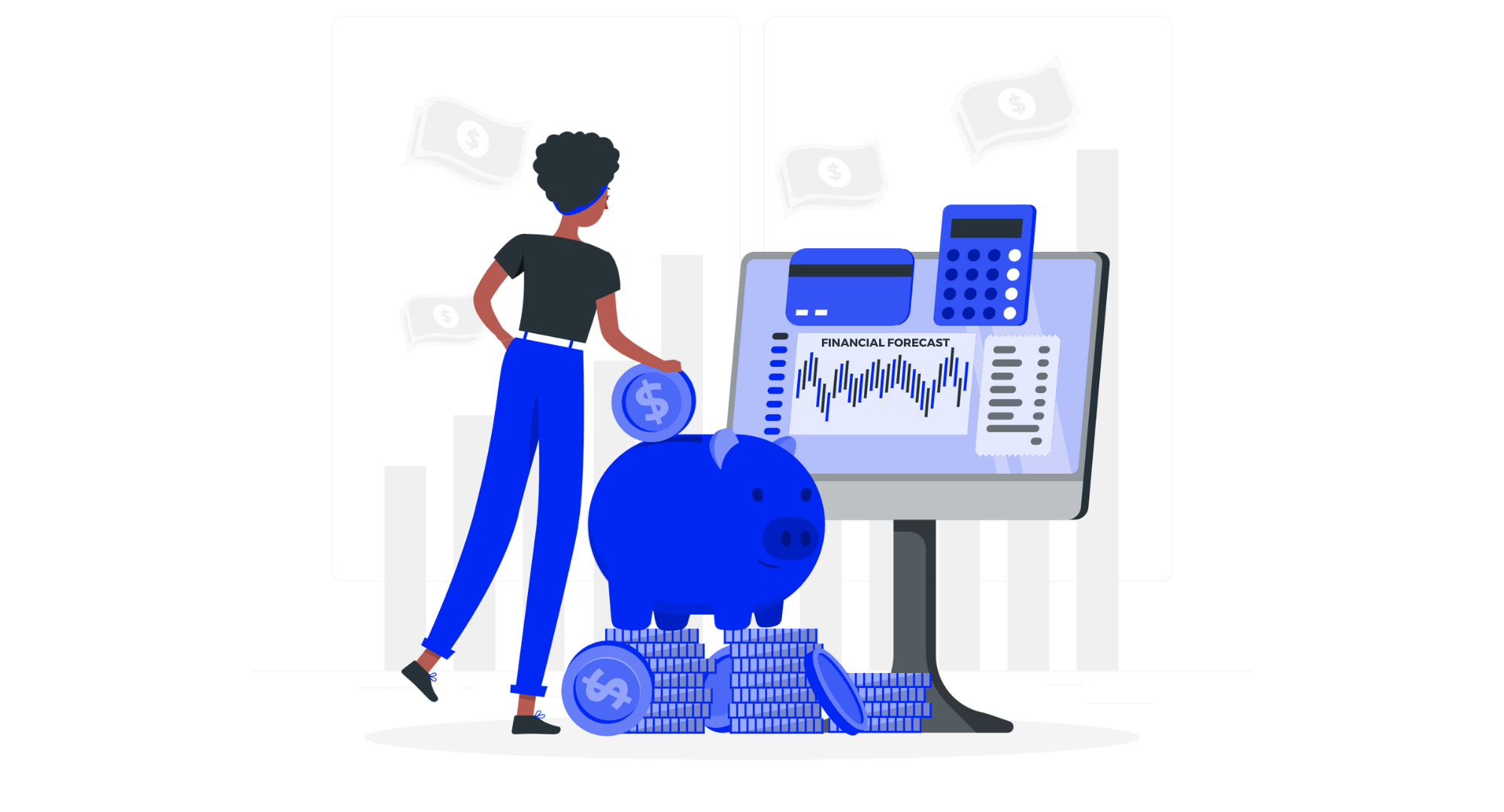
When you sell services or goods for your business, you’ll enter an agreement with the client that involves completing a financial transaction. You can have a verbal or written agreement, and you’ll outline the transaction terms or document them with an invoice and a receipt.
Receipts and invoices work as crusial documents for your accounting purposes, and an invoice is also a bill. You’ll use both of these items to record sales transactions for your business, and they’ll help you account for requests and payment receipts.
If you’re wondering if you need to have an invoice or receipt, this is for you. We’ll break down what the differences between the two are, what you use them for, and how to generate both for your business below.
Invoice Definition
First up, what is an invoice? In short, an invoice is a request for payment or bill for a sale. It’ll list all of the services and goods you provided to the customer as a business, and it’ll also list the credits, prices, taxes, discounts and total due. You can use blank invoice templates to create this document and send it to your client when you complete the transaction. You can easily create invoices quickly using the free invoice maker.
It’s not uncommon for an invoice to give the client 30 days to pay for your services or products, and many businesses offer a discount if the customer pays within the first 5 to 10 days of the invoice date. The invoice will include all of your relevant contact information for the business, including the address, phone number, web address and email.
You’ll want to include the contact information for your customer with the date of the transaction. It should also include the date you issued the invoice to the client, the services or goods, quantities, prices, invoice number and the total price. Take a look at how a professional invoice looks like.
You don’t want to confuse your invoice with a purchase order because a purchase order is a written request from a client to your business that authorises the delivery or shipment of goods with a payment agreement. It’s essential that you understand that an invoice is a legally enforceable document. You can use any invoice you issued to a client for a specific service or good to legally ensure they pay you for it.
Not sure if you need an invoice or receipt? Read on.
Receipt Definition
On the other hand, you have a receipt. A cash receipt is an acknowledgement from you as a business to your client that states you got the payment they sent for your goods or services. This will act as proof to the customer that they sent the agreed-upon payment. It will also act as proof of ownership if they purchased goods from your business.
A receipt should list pieces of information like the business and client names, prices, discounts, taxes, payment mode, receipt number, date of payment, the total amount payable and the business owner’s signature. The receipt acts as a legal document too.
However, it won’t always list the quantities of goods the client purchased, nor does it always outline what the client purchased. This is where your invoice comes back into play because it lists the services or items involved in the transaction. If the receipt has this list, you won’t have to worry about sending out a separate invoice.
Learn about the advantages of using online receipts.
Comparison between invoice and receipt
This table provides a clear comparison between an invoice and a receipt, outlining their unique characteristics in terms of purpose, timing, content, and specific functions in business transactions.
Aspect | Invoice | Receipt |
Purpose | Document requesting payment | Proof of payment |
Timing | Issued before payment is made | Issued after payment is made |
Content | Lists goods or services with prices, but not necessarily paid yet | Lists goods or services with prices that have been paid |
Details Included | Includes business and client information, invoice number, date, payment terms | Includes business and customer information, transaction number, date, total amount paid |
Usage | Used as a record of sale and to track inventory or services provided | Used as proof of transaction for customer and for business accounting |
Similarities and Differences Between Receipts and Invoices
The similarities between the two documents are what confuses a lot of people, and you can even get sample invoice templates that people mistake for receipts. The biggest similarities between the two are:
- Both contain client and business contact information
- Both function as legal documents
- Both list the total payment amount if the client makes the payment in full
- Businesses issue both
On the other end of the spectrum, you have the differences between receipts and invoices. Once you learn these things, it gets much easier to know which is which when you talk about them. The biggest differences include:
- Invoices function as a request for the client to make a payment while a receipt is proof that the client paid the bill.
- You issue an invoice before the client makes the payment, and you issue a receipt after you get the payment.
- The invoice will list out the total amount of money owed by the client, and the receipt lists what the payment mode is and how much the client paid.
- A business can issue an invoice without the customer making a payment, and you’ll enter the payment on the invoice as a Debit and a Credit to Sales under Accounts Receivable.
- If the client gets an invoice but doesn’t make a payment right away, the client will add the payment as a Credit under Accounts Payable or a Debit under an asset account or an expense account.
- Businesses use invoices to track services or goods sold while they use receipts to acknowledge that the client has made a payment.

Using Invoices or Receipts
Your invoice functions to keep track of the sales for your business, request payments from your clients, help control your inventory, and facilitate the delivery of services or goods. You can also use invoices to track expected future cash flow or manage your relationships with your customers by offering different payment options. These options include things like extended payment periods or discounts if they pay in cash or pay early for your goods or services.
Customers or buyers use receipts to prove they paid for goods. This is especially important when they want to return an item that is defective or faulty. Since the receipt will have the transaction date and item on it, you can easily see if they did, in fact, purchase an item that doesn’t work as it should.
Unfortunately, people use invoice or receipt interchangeably a lot, and this makes a lot of people assume that there isn’t a difference between the two items. However, you know as a business owner that the two things are very different. Some people find this out the hard way when they try to settle all of their accounts for their business. Other people don’t realise the difference until they go to file taxes and find themselves in the middle of a paperwork nightmare.
Needless to say, it’s a very big risk to not understand the key differences between the two items. You understand that both documents are important for accounting purposes, and both will come into play when you involve a client and your business in a transaction for services or goods for payment.
Both receipts and invoices work to record the amounts owed and paid for in regards to the outlined services or goods. Both function as legal documents. As you can see, there are a lot of similarities between the two items, and this can lead to confusion. However, there are key differences you want to consider, and this can help alleviate the confusion.











